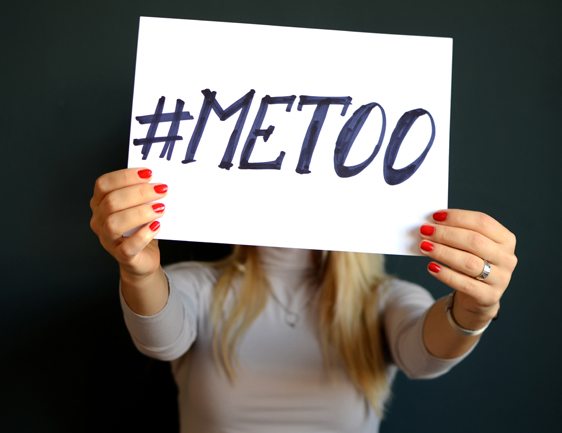The high profile Time’s Up and #MeToo campaigns demonstrate sexual harassment in the workplace is, sadly, not a thing of past. These high profile movements have also highlighted the need for an inclusive and safe working environment. Contributor Katie Russell, Partner and specialist in UK employment law at Shepherd and Wedderburn.
Tackling sexual harassment in the workplace remains a live issue for employers, employees and HR professionals globally. Set out below are some preventative steps HR teams should consider to ensure employees are protected and minimise the risk of harassment claims: Encourage a genuinely inclusive culture – employers should promote a positive workplace environment in which employees feel comfortable sharing information with colleagues about themselves, their families, their backgrounds etc.
Set clear expectations – promote a clear and consistent message through your employment contracts, HR policies, mandatory training and general office culture that set out clearly the standard of behaviour expected within the workplace and at work-related events (including office parties, away days etc.).
Lead by example – managers need to take the lead in terms of their own behaviour, including calling out employee behaviours and comments that fall below the required standard. Strong leadership can shape office culture and give employees the confidence to report concerns, knowing they will be taken seriously. Organisations have a responsibility to ensure diversity and inclusion are key objectives at board and management level.
Provide regular training – we may all be guilty of assuming managers and employees know what is acceptable in a modern workplace. However, even if that is true for the majority, regular reminders and training is recommended to ensure all employees are aware of their responsibilities.
Implement robust policies – having clear anti-discrimination and anti-bullying policies in place, which dovetail with your disciplinary and grievance procedures, can be helpful on a number of counts: setting expectations; supporting employees to report bad behaviour and giving managers clear guidance on dealing with complaints; and as evidence in the defence of a harassment claim, that the unacceptable behaviour of one individual does not reflective of the organisation as a whole.
Handle complaints appropriately – employers must take complaints of harassment seriously. Complaints should be investigated promptly and sensitively and with an open mind (regardless of who the complainer or alleged harasser is). Hard ‘proof’ of harassment can be difficult to find. Use the investigation to ask questions, gather information and evidence, and determine what is most likely to have happened. Investigators and decision-makers may be presented with competing accounts of the events in question, but may choose to take a view on whose account they believe to be more credible based on all available evidence.
Scope of the law
It is also important that employees understand the scope of the law and are aware of their own personal liability for their behaviour. Harassment (in particular, sexual harassment) disproportionately affects women, and should be tackled by employers as part of their wider gender-equality strategy. It is also important to remember that harassment is not just a gender issue, and employees should be aware that anyone can be subjected to harassment at any time, regardless of whether they personally possess a particular characteristic, for example as an observer to inappropriate conduct.
Employers have a duty to protect their employees and must take responsibility for banishing bad behaviour from the workplace. Additionally, individuals – particularly those in managerial roles – have a personal responsibility for their actions and should be aware of the consequences in terms of disciplinary action and potential legal claims. Recent events have served as a reminder to organisations that nothing should be taken for granted, and employers must take active steps to protect their employees.









